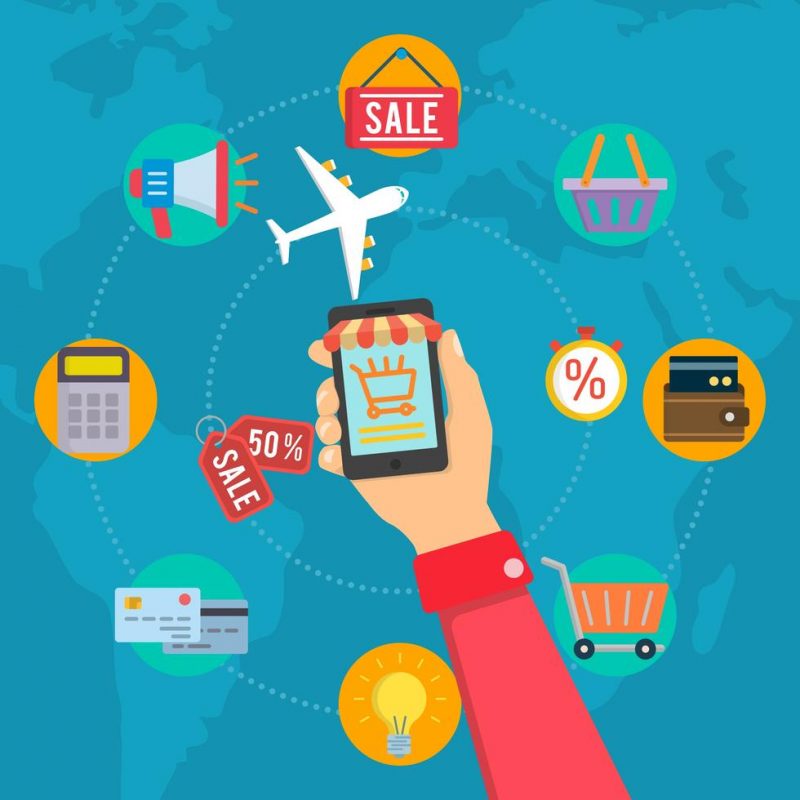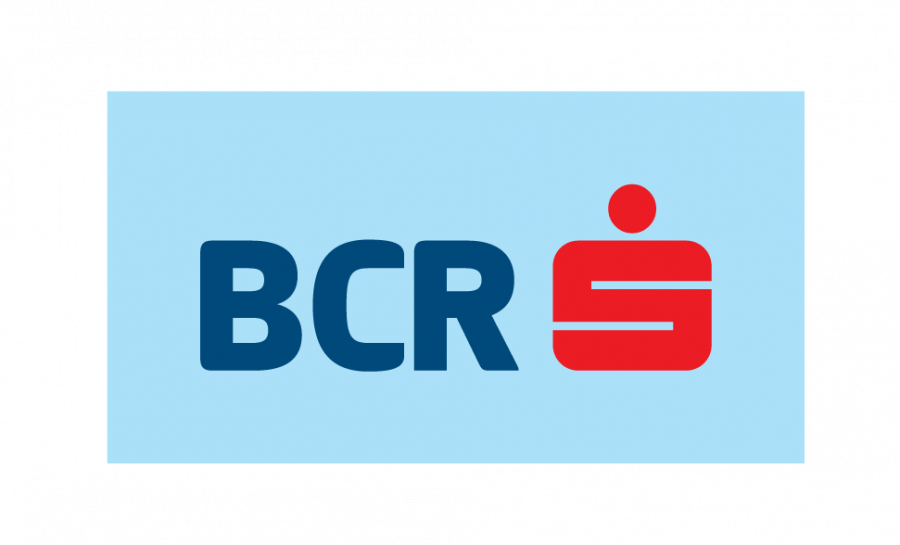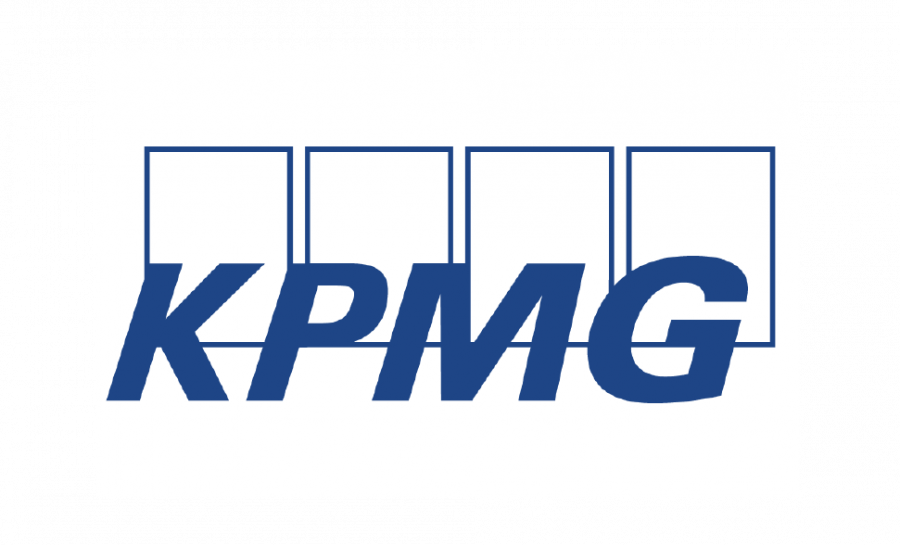9 October, 2019

B2B sales have changed. Prospects are fed up with pushy sales reps and cold calls and emails.
In the past, buyers had to approach the seller early in the sales process to research their purchase. Now, information is readily available, so by the time the buyer is reaching out to a sales rep, they are already 60% to 90% through their purchase.
The most successful salespeople these days take on a consulting role. The job of a sales rep is no longer to sale, but to build trust with buyers.
A survey from Hubspot found that only 3% of technology buyers trust salespeople.
Another Harvard Business Review study asked hundreds of technology buyers who evaluated a SaaS software product why then didn’t end up buying it. Executives cited that the #1 reason they didn’t buy was a lack of trust and respect for the salesperson they were working with.
So how can startups build trust with prospects? Here are 5 things your sales team can try:
5 strategies to build trust in B2B sales
1. Establish credibility
B2B sales prospects don’t want to do business with amateur sales reps. They want to be sure they’re working with the best, most knowledgeable rep available.
So the first step towards earning prospects’ trust and closing deals doesn’t even involve selling. It’s about proving the business’ credibility. Here’s how:
Leveraging customer success stories
89% of marketers say that customer testimonials and case studies are the most effective content forms for influencing purchases. So it’s always a good idea to showcase customer success stories to potential buyers. Also, it’s best to provide case studies of companies within the same industry or space as the prospect.
Leveraging brand awareness
Prospects don’t care about the sales rep, they care about the brand they represent. For this reason, when reaching out to prospects, it’s essential to mention the company’s name within the first few seconds of the conversation, so the prospects don’t lose their interest.
Optimizing the social presence
Prospects research both the sales rep and the product before a scheduled call or meeting. So it’s a good idea to optimize any social appearance accordingly, especially the sales rep LinkedIn profile.
2. Research the prospect
“If people know you’re there to listen to them, that makes a huge difference.” – Jeroen Corthout (SalesFlare)
Often, B2B sales reps begin the outreach process without taking the time to understand who they’re contacting, their pain points, what technologies they use, and their buying process and motivators.
There’s no such thing as being too prepared, especially in the sales industry. Thorough research should include checking out the prospect’s social media channels, doing a quick Google search, checking out the company’s website, and taking a look at what their competitors are doing.
3. Ask for a referral
Asking for referrals is one of the easiest, and most effective, sales strategies. Referral business closes and converts more than 70% of the time.
That’s because it’s in our nature to trust the opinions of the people we know. Before reaching out, the sales rep should take the time and research the prospect to uncover any commonalities. If the connection is a happy customer, they’ll more than likely be glad to do the sales rep the service and the prospect will be primed to hear the pitch.
4. Be honest
It seems obvious enough, but many sales reps have been caught in a lie.
We don’t always have an answer for every question. The product or service won’t be the perfect fit for every prospect, and that’s ok. But making things up to suit our agenda is not.
The truth always comes out, and if the product is not as good previously advertised, this only spells more trouble for the business in the long run. Shortcomings should be acknowledged, and feedback should be embraced. B2B sales prospects appreciate a no-nonsense attitude and willingness to improve.
5. Non-verbal is also important
It’s not always the message that turns a prospect off, but rather how it was delivered.
Non-verbal cues can have a significant impact on how trusting a prospect is. Subtle changes in body language throughout a conversation can make a world of difference with B2B prospects and their decisions. A few things sales reps should keep in mind are:
- Give prospects undivided attention and put any distractions out of sight;
- No fidgeting; this indicates impatience;
- No arm crossing;
- Acknowledge what the prospect is saying by nodding or other similar gestures.
B2B sales are already challenging, but if teams have additional blind spots in their B2B sales process, this leaves them with little to no results. Knowing about and being more aware of common pitfalls is a great way to improve the way you sell.
Want to learn more B2B sales tips and tricks? Make sure you join us at How to Web Conference 2019 on the 30th & 31st of October. Get your early bird ticket here: https://2019.howtoweb.co/buy-tickets/.
Illustration credits: vecteezy.com
You may also like
5 Questions with April Dunford (author and product positioning expert) - Part 2
B2B sales have changed. Prospects are fed up with pushy sales reps and cold calls and emails. In the past, buyers had to approach the seller early in the sales process to research their purchase. Now, information is readily available, so by the time the buyer is reaching out to a sales rep, they are… Read more »
5 Questions with Bob Moesta (co-architect of the Jobs-to-be-Done framework)
B2B sales have changed. Prospects are fed up with pushy sales reps and cold calls and emails. In the past, buyers had to approach the seller early in the sales process to research their purchase. Now, information is readily available, so by the time the buyer is reaching out to a sales rep, they are… Read more »






